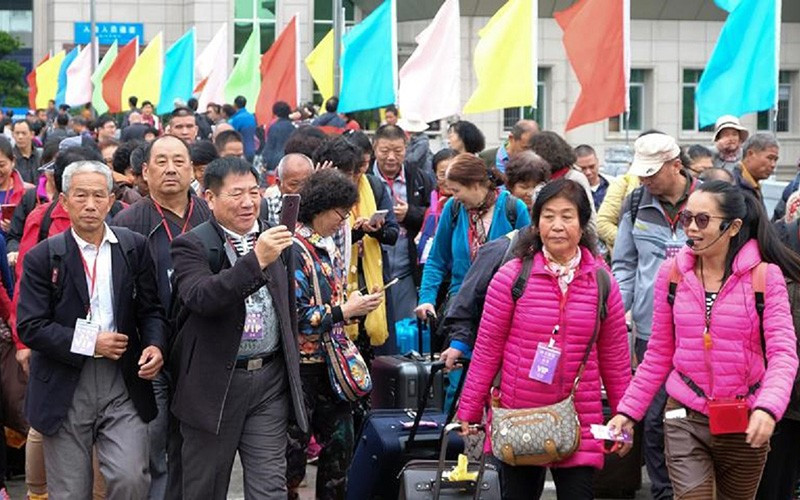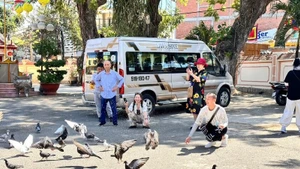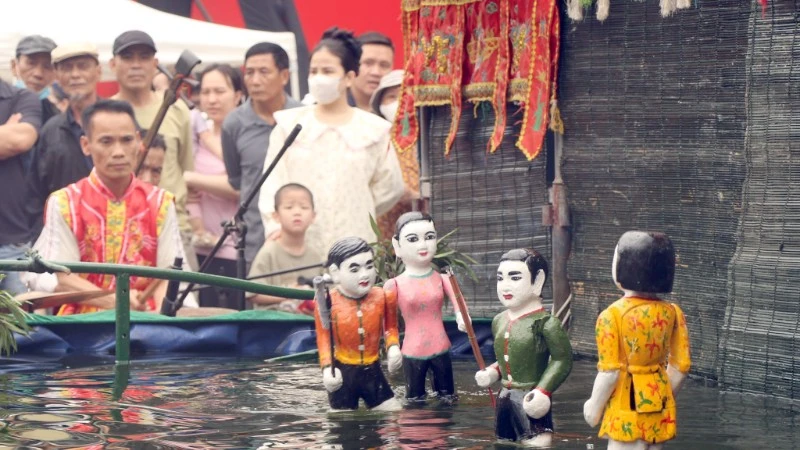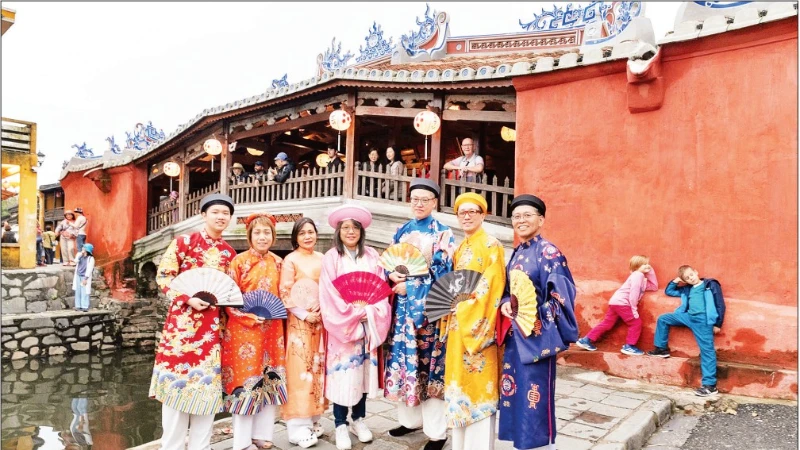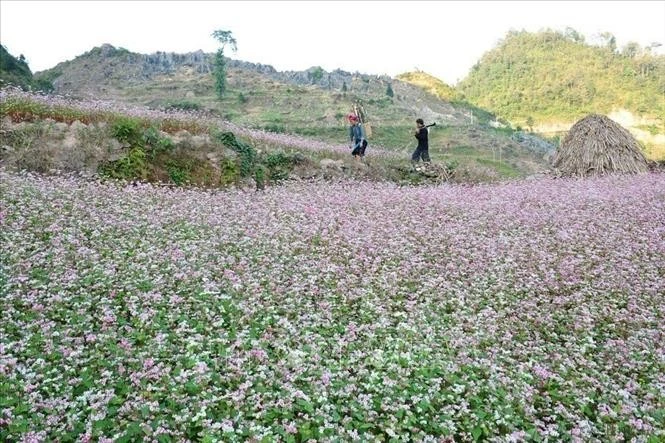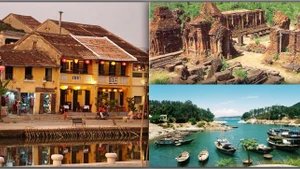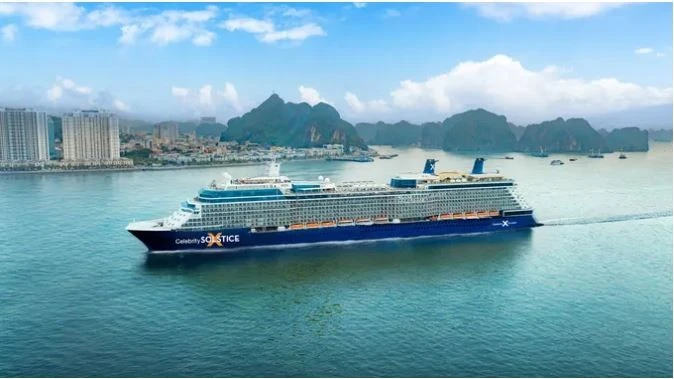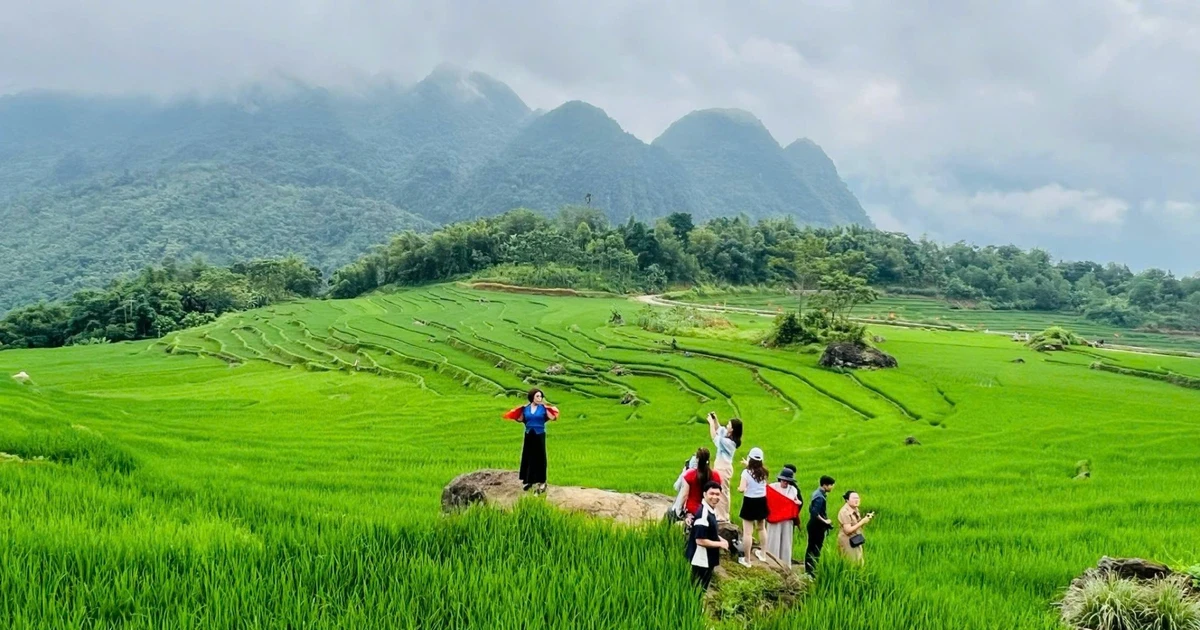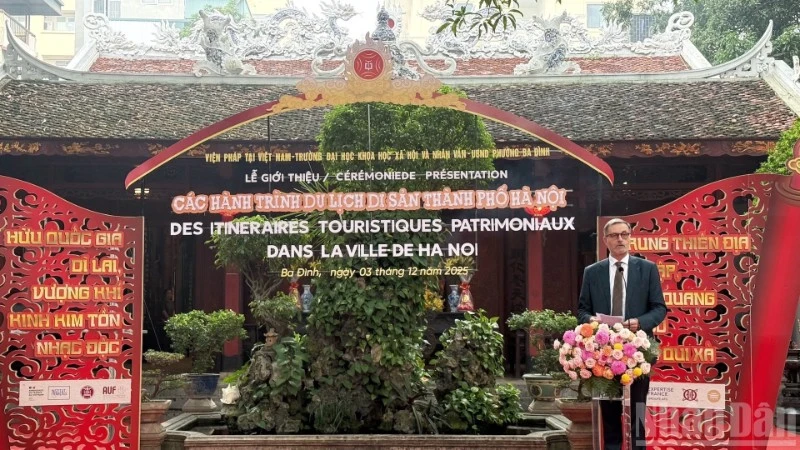Finding solutions to attract and effectively and sustainably exploit this market is a necessary and urgent matter, to fill the "gap" in the number of international visitors to Vietnam, especially when China has just decided to reopen the border from January 8, 2023.
In 2019, 155 million Chinese people travelled abroad and spent 255 billion USD, accounting for a large proportion of the structure of international tourists worldwide. For Vietnam, China was always the largest market, with an average increase of 34.4% per year during the 2015-2019 period. Chinese visitors to Vietnam reached 5.8 million in 2019, accounting for a third of the total number of international visitors. China's decision to resume tourism activities following a three-year hiatus due to the COVID-19 is opening up many expectations for the recovery of international visitors in Vietnam, especially when the growth of the country's international tourism has not been as expected. Many people think that this is an opportunity to catch up with the Chinese tourist market, focus on attracting high-quality tourists, and raise the position of Vietnamese tourism. However, according to experts, to do this, it is necessary to address the outstanding challenges in welcoming guests from this key market.
Talking at a conference entitled “Solutions to attract Chinese tourists to Vietnam” held by the Vietnam Tourism Association, in collaboration with the National Administration of Tourism and Quang Ninh Provincial People’s Committee, Director of Quang Ninh Provincial Department of Tourism Pham Ngoc Thuy said, during the pre-pandemic period, the reception of Chinese tourists through the land border gate in Quang Ninh had revealed several shortcomings and limitations, such as unfair competition of businesses, the price pressure from China, the tour guides forcing customers to buy more tours to shopping attractions, causing frustration, and worsening the image of Vietnam's tourism. In addition, some businesses showed signs of legalising accounting documents and delegation records and tax evasion, especially those with headquarters located outside Quang Ninh province. There were also violations in the transparency of the origin of goods. Some stores used foreign payment means and methods without obtaining permission from the regulatory agency.
Regarding the tour guide work, Cao Tri Dung, Chairman of the Vietnam Travel Association also said several Chinese guides did not perform properly and accepted to be "sitting guides", to perform illegal guiding work. Due to these problems, Chinese tourists considered Vietnam as a low-cost travel destination, while it is difficult for Vietnamese travel businesses to directly approach customers to provide a variety of products. Therefore, according to Cao Tri Dung, through the assessment of the inadequacies and limitations in the past, the state management agencies need to take measures to strengthen management and create favourable conditions for domestic travel businesses, to develop and compete healthily, as well as resolutely handle the tours without permission, legal entity lending and tax evasion. Representatives of many tourism businesses said that the state management agencies need to enhance their inspection and supervision roles and take measures to handle the units that make cheap tours evade taxes.
In the context of the emergence of new COVID-19 strains, it is also to actively prepare plans to ensure safety for epidemic prevention and control. Accordingly, epidemic control in entry and exit activities should be carried out flexibly and following actual conditions. Travel agencies and tourism service providers also need to take measures to ensure safety and closely monitor the health status of tourists, to take timely response actions.
China is not only Vietnam's largest source of tourists but also a key market for many countries around the world. Therefore, experts said that when China resumes international tourism activities, Vietnam will have to compete strongly with many world destinations in attracting Chinese tourists. To create a competitive advantage, Vietnam should have comprehensive solutions based on studying the changes in travel habits and the behaviour of Chinese tourists after the pandemic. According to the Director General of the Vietnam National Administration of Tourism Nguyen Trung Khanh, an important solution is to create favourable conditions on entry procedures by land, air and waterways, in the most convenient manner, especially in localities bordering China and rich in tourism potential. In addition, it is necessary to connect and reopen commercial routes to major cities, especially airports and cities, that were formerly the busiest transit stations for Chinese tourists to Vietnam. The Director General also stressed that it is necessary to connect with Chinese localities, businesses and partners, in introducing and organising tours for Chinese visitors to Vietnam, holding meetings, surveys and conferences to introduce tourism products, welcome famtrip tours and key opinion leader (KOL) delegations from the Chinese market. The application of information and technology should be strengthened, to proactively approach the Chinese market via popular social networking platforms. The websites to introduce destinations, local products and services, and businesses in Chinese versions should be developed.
Affirming the role of new tourism products in attracting Chinese tourists, the Chairman of the Vietnam Travel Association Cao Tri Dung, suggested that Vietnamese travel businesses must promote linkages and form diverse product groups from cheap to high-end, to provide partners, thereby minimising unfair competition, reducing pressure and bad influences from partners as before. He also noted that service providers, hotels, restaurants, and shopping destinations need to stabilise human resources and infrastructure, to be ready to serve Chinese tourists, ensuring competition by quality and services.
